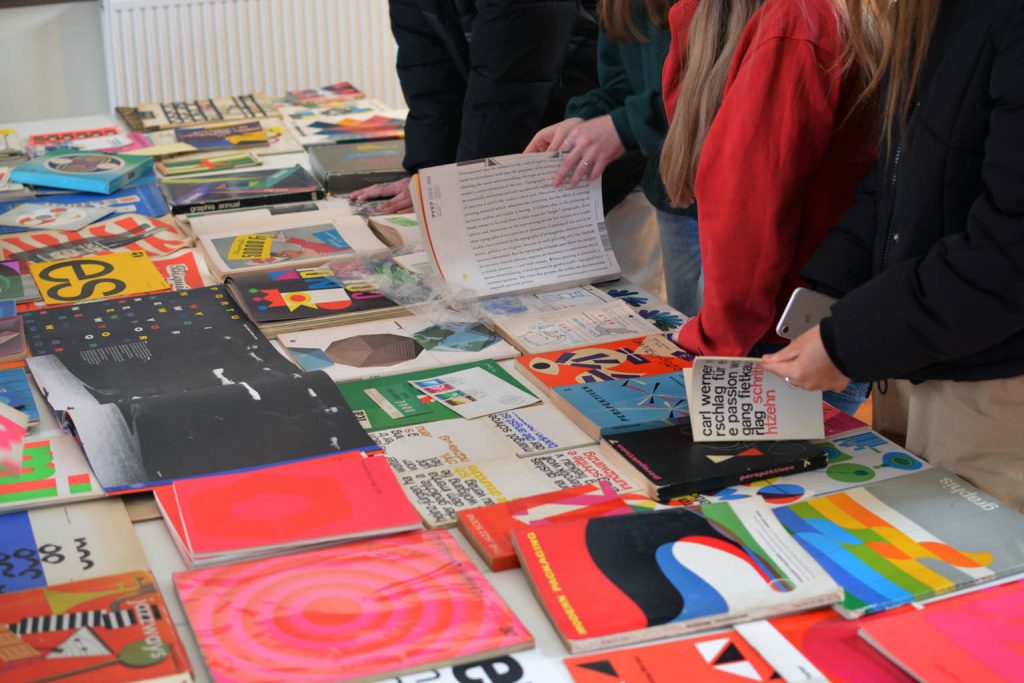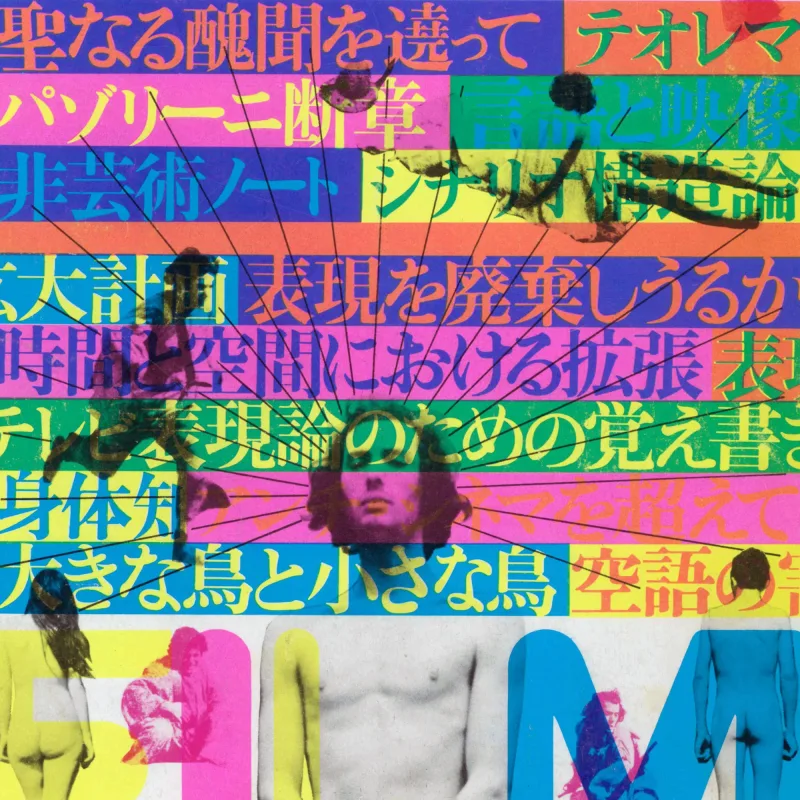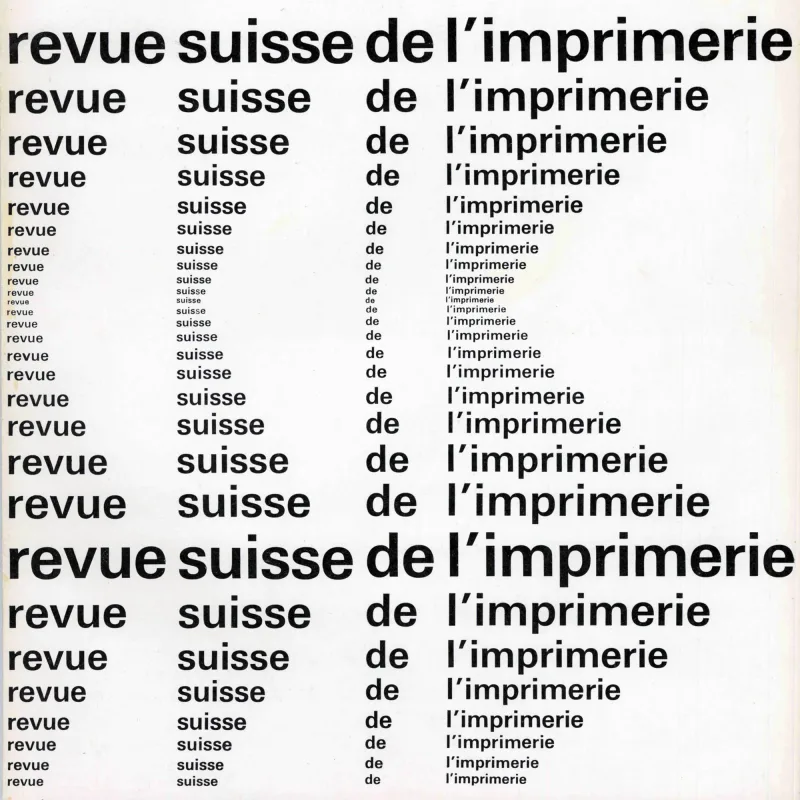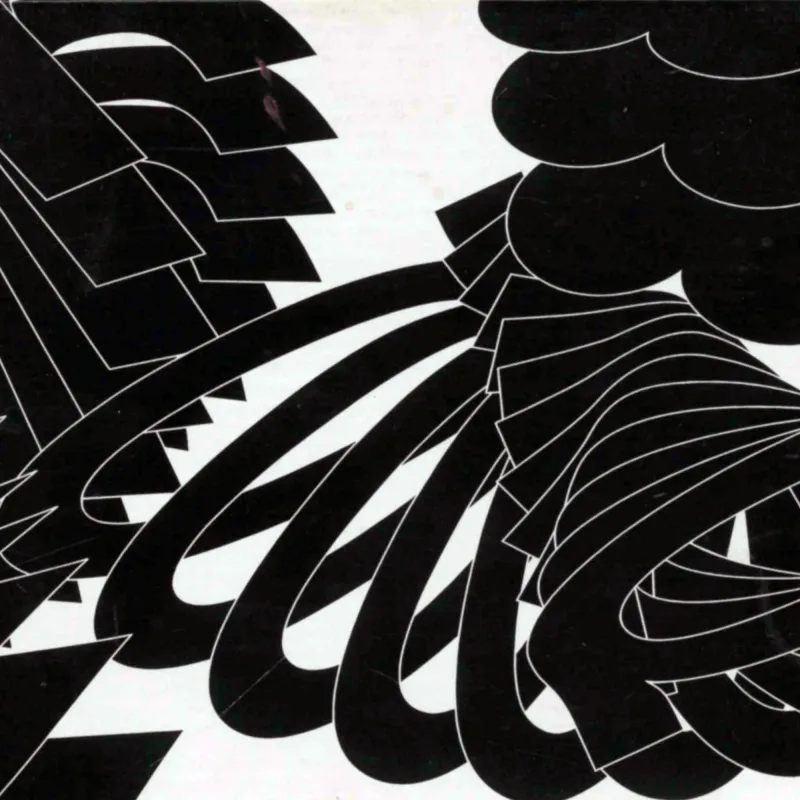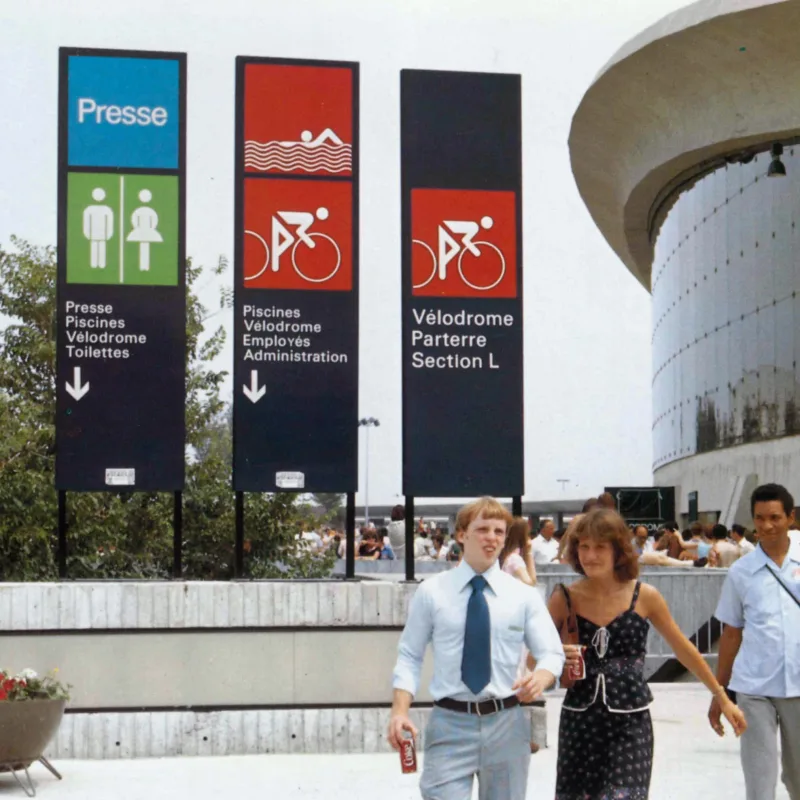As part of an ongoing partnership with Leeds Beckett University our creative director, I have been delivering a range of inspirational workshops using my archive of graphic design history.
Last month (March 2022), I spoke to over fifty Graphic Design undergraduates about the archive and my passion for design history, after which the students had full access to items in the collection and participated in discourse amongst their peers and lecturers. As part of their critical studies unit, the students will be producing essays and content related to the impact, history and aesthetics of selected artefacts.

The design archive houses over 4,000 artefacts from around the world with items spanning over a century of design history. The collection has been collected for over a decade and remains an important resource for the documentation and preservation of design history.



